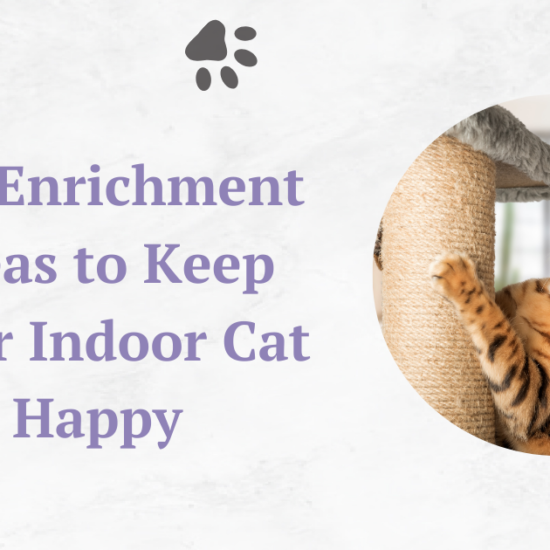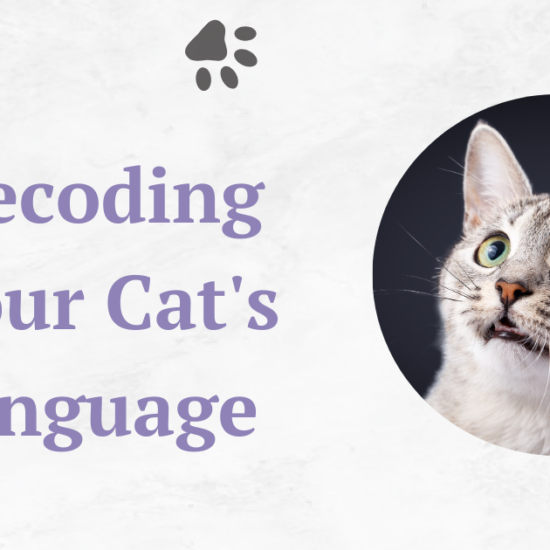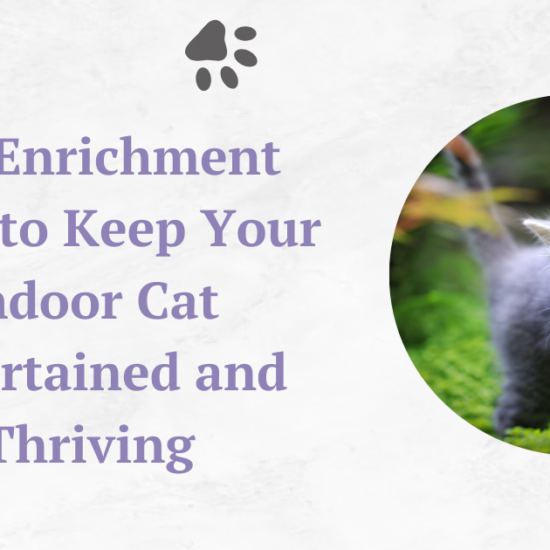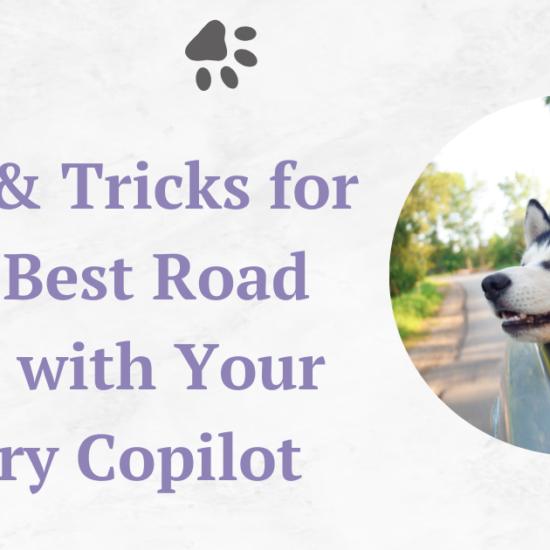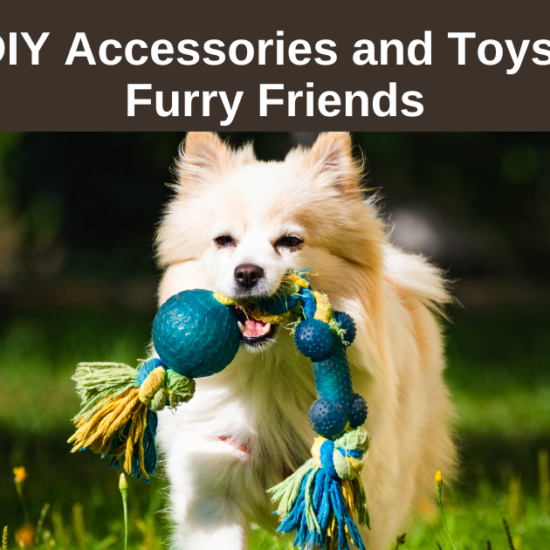Pet photography has evolved greatly in recent years. Once considered simple snapshots, it is now a respected photography genre.
Table of Contents
Introduction
Rise of Pet Photography
Social media like Instagram and our growing love of pets have driven this change. Photography is a great way to share the love and joy pets bring to people.
Importance of Pet Photography
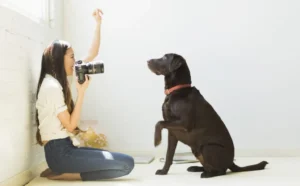
Pet photography isn’t just about cuteness of the pet images. Our beloved pets are remembered by these photos. Photographs of pets are priceless because they live shorter lives than humans. Great pet photos can also show an animal’s personality, strengthening the bond between owner and pet. Pet photography can also promote animal welfare and adoption with compelling images.
Understanding the Subject
Different Types of Pets
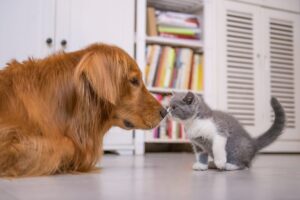
Pet photography goes beyond dogs and cats. Many people keep birds, reptiles, small mammals, and more as pets. Each pet breed presents unique photography challenges and opportunities. The species-specific traits and behaviors of your pet are essential for capturing their essence in pet images.
Importance of Pet Behavior
To take great pet images, you must understand animal behavior. Knowing when animals are active, relaxed, or playful can help you plan photo sessions. Animals are unpredictable, so patience is needed to get the perfect shot.
Preparation and Equipment
Camera Selection
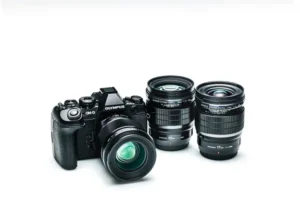
Great pet images don’t require a high-end camera, but having the right equipment can help.
- DSLRs and Mirrorless Cameras: Manual control, fast autofocus, and interchangeable lenses give you more creative control.
- Point and Shoot Cameras: Small and easy to use, point and shoot cameras are ideal for beginners and on the go photography.
- Smartphones: Modern smartphones have great cameras, so pet photographers use them to capture spontaneous moments.
Essential Accessories
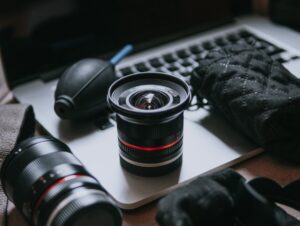
Whichever camera you use, these accessories can improve pet photography:
Lenses: DSLRs and mirrorless cameras benefit from wide aperture lenses (e.g., f/1.8) for beautiful background and better low-light performance.
Tripod: Stabilize your camera in low light or with slower shutter speeds.
Remote Shutter Release: Remote shutter release prevents camera from shaking when taking photos without touching it.
Ideal Location Choice
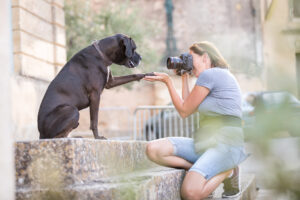
The location of your pet photography session can affect the results.
Indoors: For controlled lighting and distraction-free setting. Utilize window light or soft artificial lighting.
Outdoors: Provide lots of room for pets to play. Natural light is best in the morning or afternoon.
Light Considerations

Good lighting is essential for all photography, including pet photography:
Natural Light: Soft, diffused natural light from a cloudy day or the golden hour works well.
Avoid Direct Sunlight: It casts unflattering shadows and makes pets squint.
Artificial Lights: Shoot indoors with soft, indirect artificial light to avoid harsh shadows.
Framing and Composition

Rule of Thirds
Use two horizontal and two vertical lines to divide your frame into nine equal parts to apply the rule of thirds. Put your pet or main subject at the intersections of these lines for a pleasing composition.
Frame Filling
Get close to your pet to capture its essence. Show your pet’s eyes, nose, and expressions in the frame. Impressive portraits can result from this technique.
Using Leading Lines
Leading lines can draw attention to your pet or add depth to photos. These lines can be a pathway, branch, or piece of furniture that draws attention to your subject.
Background/Foreground
Consider your pet’s background and foreground. Keep background simple to avoid distracting from your subject. Make bokeh and isolate your pet with a wide aperture.
Expression Capturing
Candid vs. Posed Pet Portraits

Your pet’s quirks and habits can be captured in candid photos. Posing can be charming too, letting you control composition and lighting for a more polished look. Mixing both styles for different shots is smart.
Eye Focus
Pets’ eyes are often their most expressive feature. Sharp and in focus images draw attention and connect viewers to the subject. Lock eyes with single-point autofocus.
Timing Matters
Keep your camera handy to get the perfect expression or action shot. Predict your pet’s behavior and press the shutter. Continuous shooting or burst mode can capture fast action.
Challenges of Pet Photography

Pet Movement
Photographing pets is difficult due to their energy and playfulness. In low light, use a fast shutter speed (1/500s or faster) and high ISO to freeze their motion. Track their movement with continuous autofocus.
Shyness and Fear
Some pets are camera-shy or nervous around new equipment. Reward your pet with treats and praise as you introduce the camera and equipment. Let them adjust at their own pace.
Low Lighting
Pet photography indoors or on overcast days can be difficult. For blur-free photos, use a wide aperture lens, higher ISO settings, a tripod, or image stabilization.
Post-Processing
Basic Editing
Even a novice retoucher can improve pet photos with post-processing. Crop, straighten, and adjust exposure, contrast, and saturation in Adobe Lightroom or free alternatives like GIMP or Snapseed.
Color and Exposure Correction
Use exposure and color adjustment tools to fix underexposed or color-problematic photos. Correct the white balance for accurate colors.
Detail Enhancement
Sharpening tools can enhance your pet’s fur, feathers, or scales, but sharpening too much can look unnatural.
Unique Pet Photography Styles
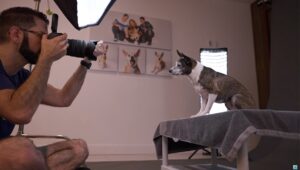
Pet Portraits
Classic pet portraits capture your pet’s expressions and personality. These timeless photos often emphasize the pet, either posed or candidly.
Action Photos
Showcase your pet’s athleticism and energy with action shots. Catch them running, jumping, or playing with their favorite toys. Fast shutter speeds and continuous shooting modes produce sharp action photos.
Macro Photos
Macro photography closes in on your pet’s eyes, nose, or paws. It highlights intricate details that are often overlooked, creating stunning pet images.
Creative and Themed Pet Images
Create themed photoshoots, costumes, and props. These photos can be fun and memorable, whether they’re from Halloween or a beach day.
Handling Different Pets
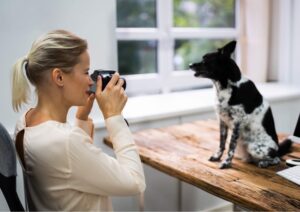
Dogs
Dogs are expressive and social. They like treats, toys, and positive reinforcement during photoshoots. Capturing their enthusiasm can create heartwarming pet images.
Note: There might be affiliate links mentioned here. We may receive a commission if you purchase a product through an affiliate link. There is no additional charge for you. Please do your own research before making any online purchases.
Cats

Cats are independent and curious. Photographing cats requires patience because they may not cooperate. Engage them with toys or laser pointers for fun shots.
Birds

Birds’ size and color make them interesting subjects. Be aware of their feather texture and colors, as well as their comfort and safety during photoshoots.
Reptiles and Amphibians

Although reptiles and amphibians have more subtle expressions, their unique features make for fascinating photos. Make sure their habitat is right and handle them gently.
Small Mammals
Rabbits, guinea pigs, and hamsters are small and fast, making them hard to photograph. While you capture their adorable moments, give them a safe place to explore.
Successful Pet Photography Tips
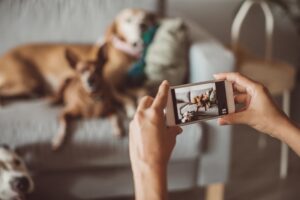
Patience
Stay patient and ready for surprises with pets. Let your pet get used to the camera before the shoot.
Give Toys And Treats
Treats and toys can help your pet focus and cooperate. Use them sparingly to reward good behavior and create interesting shots.
Family Involvement
Include family or other pets in photos to show their relationships. Photographs are often sentimental.
Safety
Ensure your pet’s safety during the shoot. Avoid stressful or harmful situations and never force them into uncomfortable poses.
Professional Pet Photography Tips

Professional Pet Photographer Selection
Hiring a professional pet photographer can produce stunning, high-quality images. Browse local photographers’ portfolios and reviews to find the right fit.
Prepare Your Pet for the Session
Make sure your pet is clean, well-groomed, and comfortable with the photographer before professional pet photography. Bring their favorite toys and treats to keep them entertained.
Expectations from Professional Photographers
Professional pet photographers have the skills and gear to take great photos. They can capture your pet’s personality, suggest poses, and offer many print and digital photo options.
FAQs
Why is pet photography so popular?
Instagram and our growing love of pets have made pet photography popular. Photography is a great way to share pet love and joy.
Why is pet photography more than just cute?
Since pets live shorter lives than humans, pet photography preserves our beloved pets. These photos also show an animal’s personality, strengthening the owner-pet bond. Pet photography also promotes adoption and animal welfare.
Can I photograph all pets the same way?
Dogs, cats, birds, reptiles, and small mammals have unique behaviors and characteristics that may require different photography techniques. Photography requires knowledge of your pet’s behavior and needs.
Is an expensive camera necessary for pet photography?
Good pet photos don’t require an expensive camera. Modern smartphones have great cameras for capturing spontaneous pet moments. Higher-end cameras allow more creative control and produce better images.
What pet photography accessories are necessary?
Wide-aperture lenses, tripods, and remote shutter releases are essential for pet photography. Camera and photography style determine accessories.
How do I handle camera-shy or equipment-afraid pets?
Gradually introduce camera-shy pets to the camera and equipment, rewarding positive interactions with treats. Be patient and let them adjust at their own pace to avoid stress.
What is the golden hour and why is it good for pet photography?
The golden hour is soft, diffused, and warm sunlight before or after sunset or sunrise. Pet photography benefits from its soft, flattering lighting that reduces shadows and squinting.
How do I get perfect pet images?
Focus on the eyes, use the rule of thirds, and make sure your pet is relaxed for the perfect pet portrait. The combination of candid and posed shots can also produce charming portraits.
Are there any safety concerns about photographing pets?
You should always prioritize safety when photographing pets. Avoid stressful or harmful situations and never force them into uncomfortable poses. Make your pet feel safe and comfortable during the photoshoot.
What should I expect from a pro pet photographer?
Professional pet photographers have the skills and equipment to capture extraordinary pet photos. They can capture your pet’s personality, suggest poses, and offer print and digital photo options. Find a professional photographer who suits you.
Conclusion
Photographing your pets is a rewarding and heartwarming hobby that lets you preserve their memories. Take stunning photos of their personalities, expressions, and quirks with the right equipment, knowledge, and techniques.
Pet photography offers endless creative and emotional opportunities, whether you’re a smartphone photographer or a seasoned photographer with a passion for pets. So grab your camera, enjoy the moments, and start a rewarding pet photography career. The world wants to see your pets’ beauty and joy through your lens.




